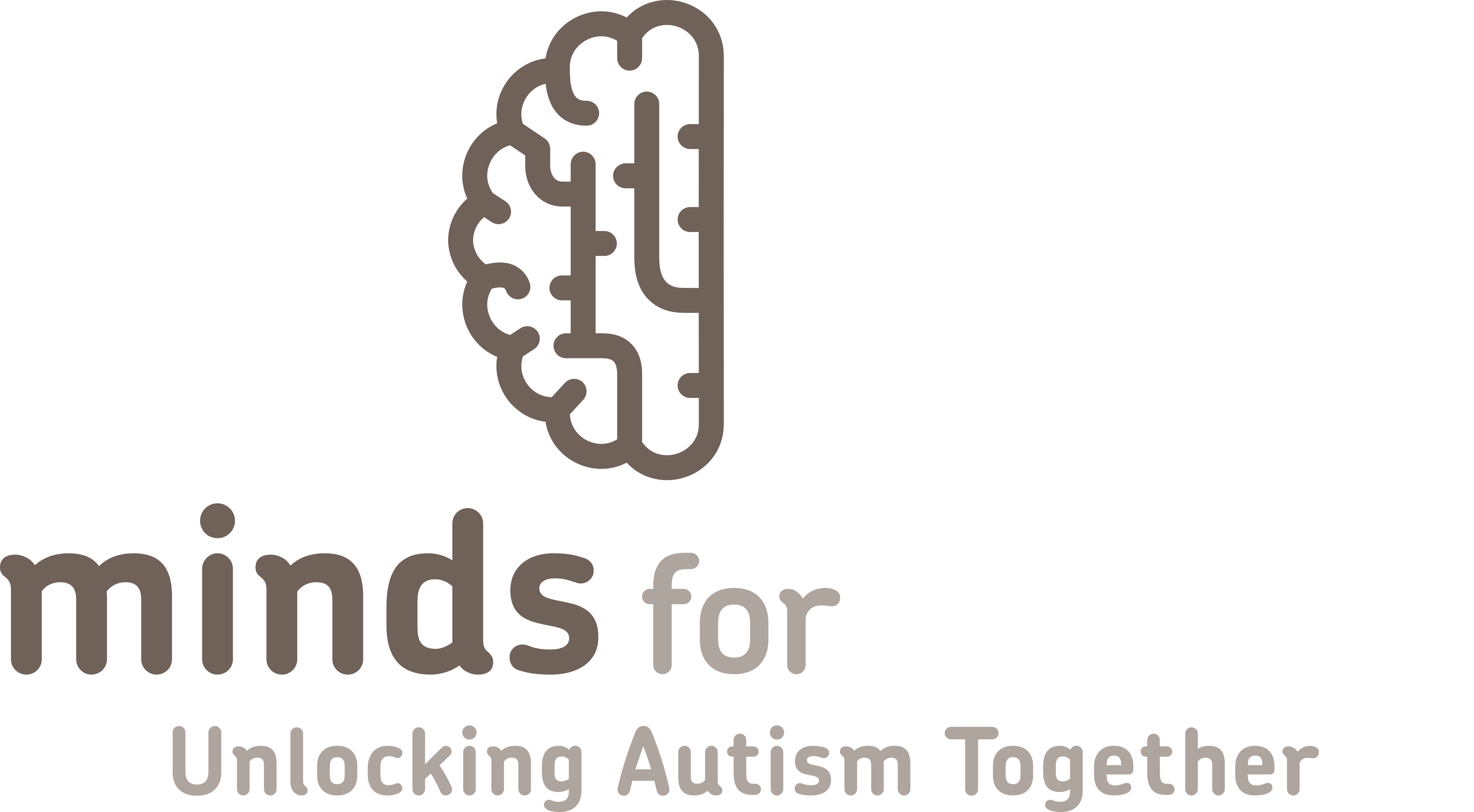Publications Q4 2017
Jacobsen JC, Whitford W, Swan B, Taylor J, Love DR, Hill R, Molyneux S, George PM, Mackay R, Robertson SP, Snell RG, Lehnert K. Compound Heterozygous Inheritance of Mutations in Coenzyme Q8A Results in Autosomal Recessive Cerebellar Ataxia and Coenzyme Q10 Deficiency in a Female Sib-Pair. JIMD Rep, (2017)
Thanks to the collaborative effort with some of our stellar New Zealand clinicians, the genetics team recently published results of a family, registered on our database, which have two girls with ataxia (loss of co-ordination of gait). After identifying the genetic cause in the two girls (a DNA variation in a gene called coenzyme Q8A), it quite brilliantly led to the family trialing an approved treatment (oral Coenzyme Q10). After a year of treatment, the girls movements have improved along with their energy levels and classroom performance. The genetics group is very grateful to the researchers and clinicians who helped them reach such a great outcome for this family.
Whitford W, Hawkins I, Glamuzina E, Wilson F, Marshall A, Ashton F, Love DR, Taylor J, Hill R, Lehnert K, Snell RG, Jacobsen JC. Compound heterozygous SLC19A3 mutations further refine the critical promoter region for biotin-thiamine-responsive basal ganglia disease. Cold Spring Harb Mol Case Stud., 3(6), (2017)
Results from another family were recently published by the genetics team in partnership with New Zealand clinicians. In this family, two siblings presented with neurological deterioration, seizures and gait ataxia. The genetic cause was determined to be two genetic variants in a gene called solute carrier family 19, member 3 (SLC19A3), including one deletion (the focus of PhD student, Whitney Whitford’s research). Unfortunately, the elder sibling passed away before this variant was found, however the surviving child has responded well to treatment with biotin and thiamine (B-vitamins important for brain function). Following 10 months of treatment, the girl is running independently, eating a full diet and communication and cognition is improving.
V Lodhia, CJ Suk, V Lim, JP Hamm, IJ Kirk. Decreased interhemispheric time transfer of visual information in adults with Autistic spectrum disorder using the Poffenberger paradigm. Research in Autism Spectrum Disorders 43, 76-86 (2017)
In this paper we show that in individuals diagnosed ASD, the left and right sides of the brain communicate with each other much more quickly than they do in neurotypicals. This may confer something of an advantage to those with ASD in certain cognitive tasks.
JF Wilson, V Lodhia, DP Courtney, IJ Kirk, JP Hamm. Evidence of hyper-plasticity in adults with Autism Spectrum Disorder. Research in Autism Spectrum Disorders 43, 40-52 (2017)
Here we show that experience-dependent increases in the strength of functional connections between neurons in the brain that is the basis of memory formation is more marked in people diagnosed with ASD. This may result in more rapid memory formation, but may also confer a vulnerability due to the relative ease of inducing changes in the brain.

